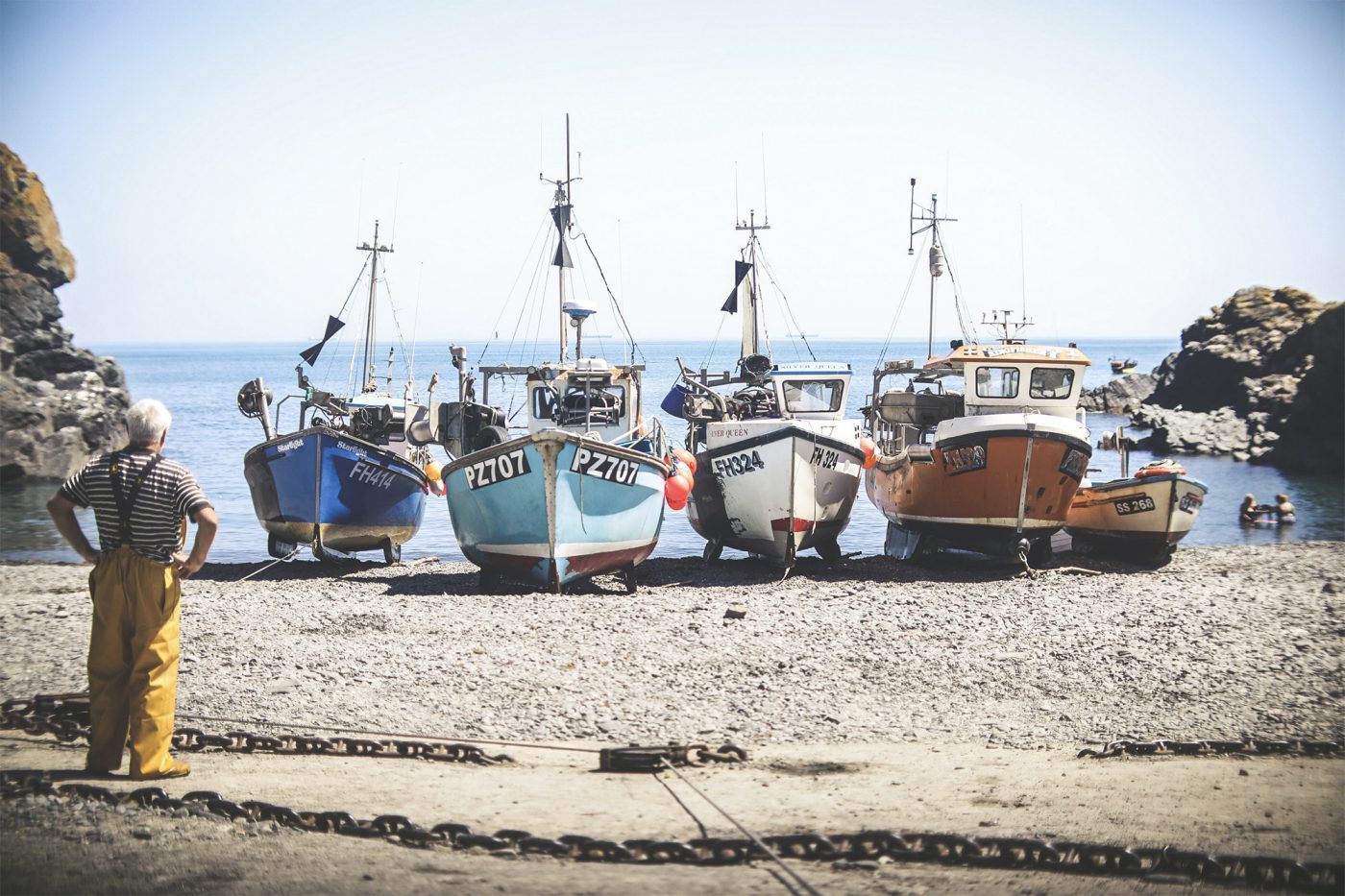Sleeves were rolled up in London recently, as large teams from NFFO and DEFRA/Cefas got to grips with the issues that are likely to feature in this year’s December Council.
We may be approaching one of the last December Councils that the UK will be part of, but the decisions taken just before Christmas still have direct and significant consequences for our industry. It is important, therefore, that the UK remains fully engaged until the point that it leaves the European Union and decisions on TACs and quotas are made elsewhere.
Because of its geography and the sheer number of stocks within our waters, the UK has always had to fight on a very broad front at the December Council, by comparison with those member states that have only a handful of priorities.
The lesson has been learnt over the years that being well prepared with evidence-based arguments is the way to achieve the best outcomes from the Council that decides Total Allowable Catches and ancillary measures for the following year. Further meetings will be held with officials and Ministers during the autumn, after the Commission’s proposals are published, and throughout the December Council itself.
We know that the Commission will make its proposals for next year’s catch limits on the basis of achieving maximum sustainable yield in a single year. But ministers, as defacto fisheries managers, also have a responsibility to balance mixed-fishery dimensions, discard reduction and socio-economic consequences, as well as the scientific advice.
The general picture on our stocks for a number of years now has one of steady progress towards achieving high yield fisheries, with low levels of fishing mortality and increasing biomasses. This year’s ICES science has again been broadly very positive, reflecting the scientific view that not only are we fishing sustainably but we are well on track to achieving high average long term yields.
But within this broadly positive picture, there are some tricky issues to deal with and these provided the main focus of the meeting. These included (non-exhaustive):
- Bass: how to shift from blunt measures that generate a discard problem where none previously existed, to a more intelligent long term plan to rebuild the biomass, without crippling those dependent on bass for an important part of their livelihoods
- Skates and Rays: how to provide realistic fishing opportunities on those ray species that are abundant, whilst simultaneously providing adequate protection for those individual species that are struggling.
- Spurdog: how to permit sustainable levels of fishing whilst reducing the level of dead discards and continuing to rebuild the stock
- Maximum sustainable yield: how to continue progress towards high yields, within the context of an arbitrary deadline (2020) and EU legal requirements that are based on political posturing rather that scientific literacy; how to phase the introduction of reductions in fishing pressure where this is necessary within this impossible legal structure
- How to best handle the important annual fisheries agreement with Norway and other bilateral and multi-lateral fisheries agreements
- Mixed fisheries issues: the NFFO and CFPO have been working on an innovative approach to the problems facing Celtic Sea haddock following a meeting of fishermen, scientists and administrators in Newlyn in February
- How to manage the quota uplifts associated with the implementation of the landings obligation. The issue of the quality of the discard estimates being the critical issue here. (Separate meetings are being held on the other aspects of implementing the discard ban)
- Devolution: how to best manage the tensions within the UK’s unique constitutional arrangements
- Nephrops in the North Sea and Irish Sea: the best outcomes for these economically vital fisheries
- Best outcomes for the pelagic fisheries, bearing in mind that the main decisions are taken through coastal states agreements
- Long term management plans
The assessment, currently under way in Cefas, ICES and through a Commission research project, of which stocks it makes sense to manage through total allowable catches, and how to ensure that secondary species continue to be managed and fished sustainably.
This meeting provided a snapshot of the ongoing work within the NFFO, DEFRA and Cefas all focused on those crucial decisions in December.

